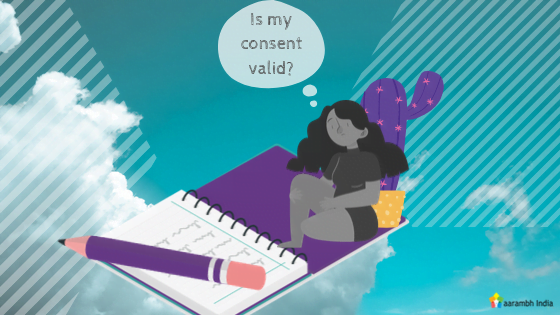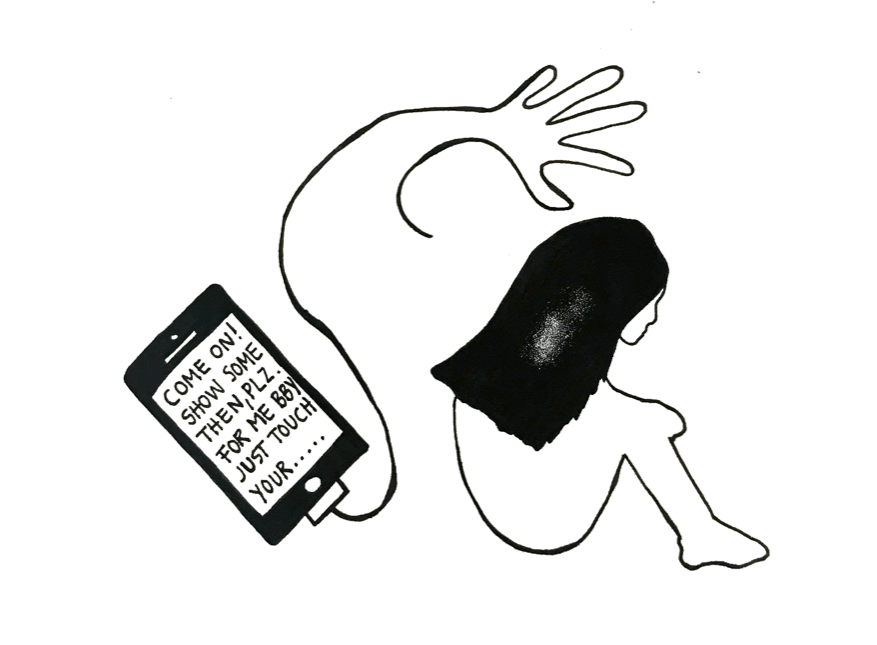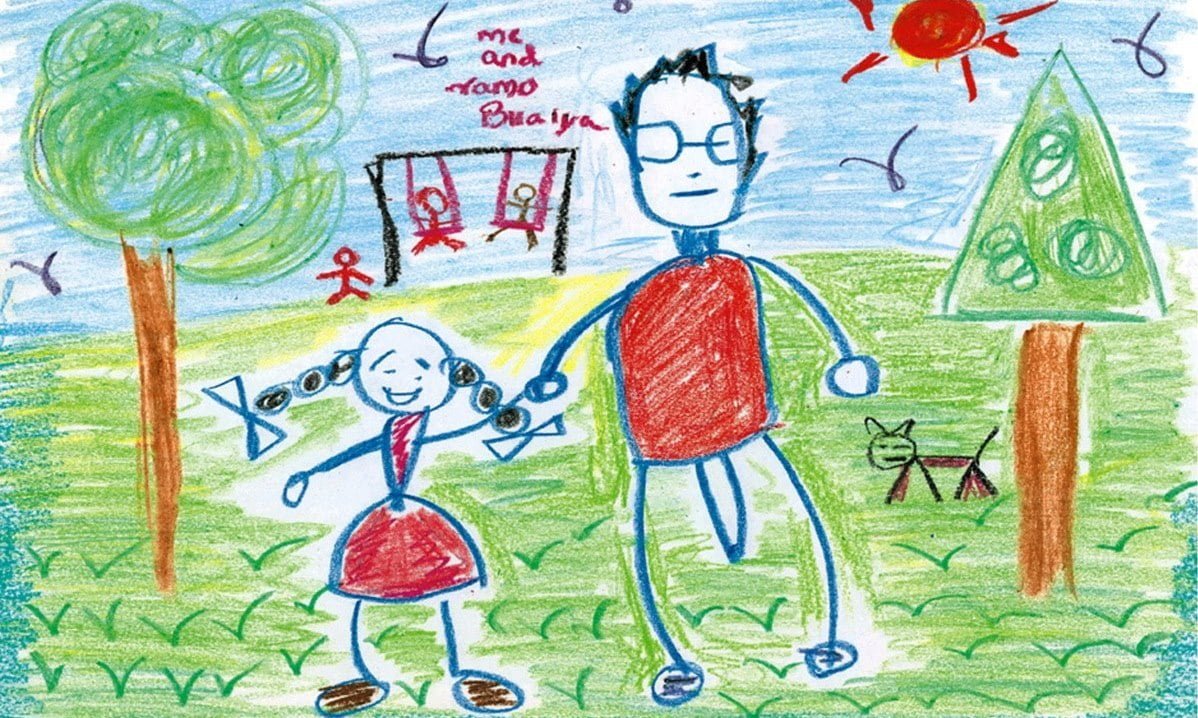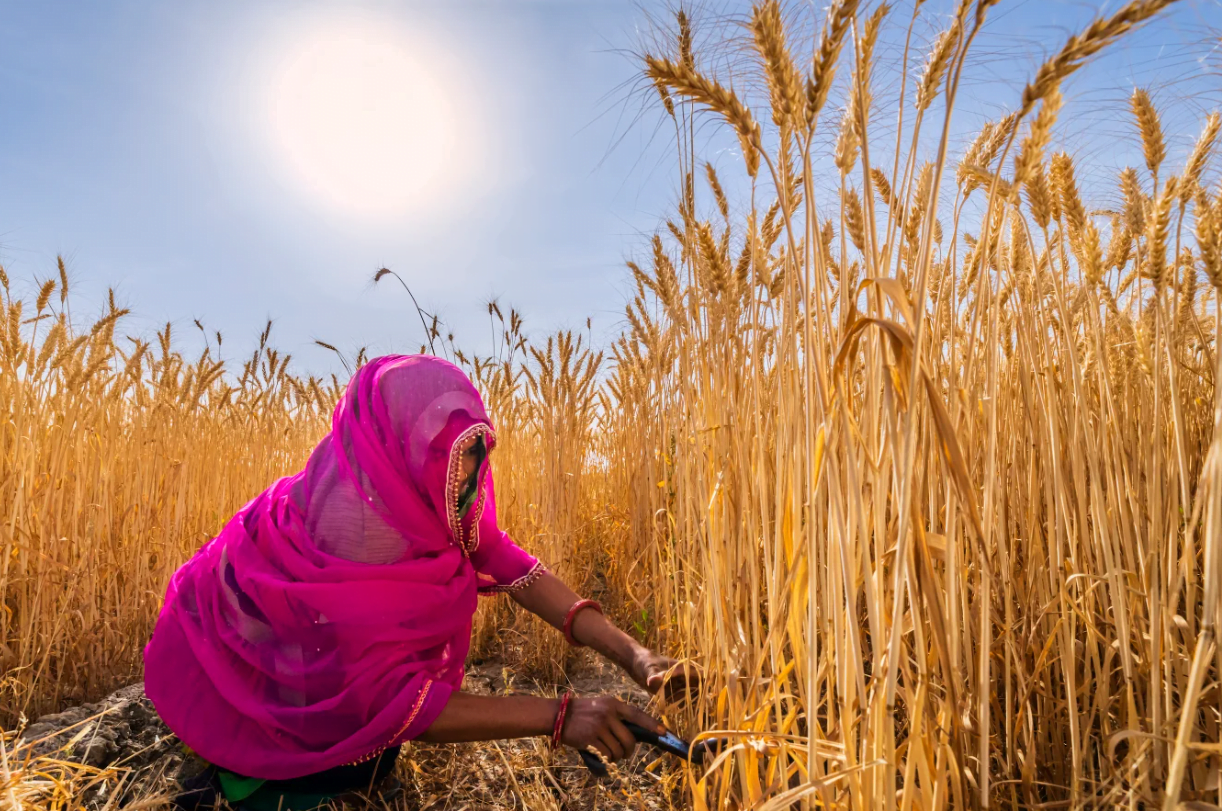Update: The article ‘The Ticking Bomb Called Online Child Sexual Abuse‘ by Sanhati Banerjee won the Laadli Media and Advertising Awards for Gender Sensitivity, 2021. Read more here.
Trigger Warning: Child Sexual Abuse, CSAM Child Sexual Abuse Material or CSAI Child Sexual Abuse Imagery
According to a recent report by a non-profit organisation (NGO) called, India Child Protection Fund (ICPF), consumption of CSAM Child Sexual Abuse Material or CSAI Child Sexual Abuse Imagery content in India spiked by 95 per cent amid lockdown. Terms such as child porn, sexy child and teen sex videos appeared in frequent searches as per a report citing data from the pornography website, Pornhub.
As per National Center for Missing & Exploited Children, in 2018 alone, Facebook registered 16.8 million reports about child abuse imagery.
In 2018, India had over 480 million Internet users across the country. This figure was projected to grow to over 660 million users by 2023. In fact, India was ranked as the second largest online market worldwide in 2019, coming second only to China.

While the given mammoth statistic makes the situation bad, this trend of migration of potential and habitual child sexual offenders, pedophiles, child rapists and child pornography* addicts, is even more worrying as the current coronavirus pandemic and the ensuing lockdown has resulted in digital classrooms, bringing more and more children and teenagers into the fold of the Internet. Approximately 71 million children aged between 5-11 years in India access the Internet on devices of their family members, constituting nearly 14 per cent of the country’s active Internet user base of over 500 million, as per the latest Internet & Mobile Association of India‘s (IAMAI) Digital in India report. The migration of child sexual offenders online also feeds off a deep-seated systemic culture of domestic or offline child sexual abuse.
Toxic Masculinity and the Need for Inclusive Sex and Sexuality Education
If the recent bois locker room controversy—a group of privileged school-going, teenage Delhi boys sharing morphed, obscene images of girls and making objectionable comments—is anything to go by, there is a widespread culture of toxic masculinity that is hardwired into boys from a young age through institutionalised patriarchy. Toxic masculinity is normalised by adults—men and women—at homes, schools, workplaces and now on family WhatsApp groups, and as Prabhat Kumar, deputy director, Child Protection for Save the Children says, “Boys pick their role models early on”.
A culture that prides on male children and raises a boy and girl on a scale of unequal opportunity and standard, consequently normalises misguided pride in manliness. But it is not toxic masculinity alone that fuels toxic conversations around sexuality; it is as much a matter of lack of inclusive sex and sexuality education that fails to impart lessons in consent and constructive body image perceptions to children that foster such toxicity.
While the given mammoth statistic makes the situation bad, this trend of migration of potential and habitual child sexual offenders, pedophiles, child rapists and child pornography* addicts, is even more worrying as the current coronavirus pandemic and the ensuing lockdown has resulted in digital classrooms, bringing more and more children and teenagers into the fold of the Internet. The migration of child sexual offenders online also feeds off a deep-seated systemic culture of domestic or offline child sexual abuse.
Given the wide-ranging usage of the Internet for educational as well as recreational purposes, coupled with loneliness and sometimes alienation from parents or extended family members, a mere “with parental permission” is not enough to deal with the complexities driven by the data world. From games to mock play-ups and message boards, simulation to sensationalism—from facts to myth—the gaze of the Internet is demanding. A lot of parents are still not exposed to its looming threats.
“Parents need to develop a relationship built on trust with their children, bond with them and engage them in open communication from an early age. Such a culture will enable the identification of patterns of threat and behaviour of potential offenders; what is needed is more exposure,” says Kumar.
If on the one hand, if there is a lack of informed sex and sexuality education, there is also the social evil of stigma that shames the victim. Once a photograph/video of a child is out, especially a girl child, she is stigmatised and further harassed. If in urban areas, families and caregivers coupled with peer pressure often fail to address the psychological trauma, low self-esteem, anxiety pangs, trust deficit or body image issues arising out of child sexual abuse, in rural areas, children from underprivileged families are often lured, trafficked and eventually sold for pornographic content.

“Children and young adults need to be made aware what healthy boundaries within friendships and different relationships stand for. Anything shared once on the Internet is out there forever, even Instagram stories or Snapchat videos don’t ever disappear! Sharing one’s intimate photos may create an unhealthy power imbalance and extreme vulnerability in some relationships, especially after a discord. Parents and teachers need to tell children if their friends are making them guilt trip into sharing content that they’re not comfortable with, then the power to say a “no” with their head held high, is also doable,” says Sonal Kapoor, founder-director, Protsahan India Foundation.
What Constitutes Online Child Sexual Abuse
According to Priti Mahara, director, policy research & advocacy at NGO CRY – Child Rights and You, the greater use of Internet is associated with some social and psychological variables such as, decline in the size of social circle, depression, loneliness, lower self-esteem and life satisfaction, sensation seeking, poor mental health, or low family function.
“Children are made the subjects of photos that are then sent into cyberspace, or they are advertised online as commodities, and/or they are affected by violence and harms, arising from other people’s online interactions, including the use of pornography. Gender is (also) seen to be a risk factor, with seemingly more girls than boys appearing to be harmed through cyberspace interactions. However, boys are also increasingly featured in pornographic images circulating online,” says Mahara.
Once a photograph/video of a child is out, especially a girl child, she is stigmatised and further harassed. If in urban areas, families and caregivers coupled with peer pressure often fail to address the psychological trauma, low self-esteem, anxiety pangs, trust deficit or body image issues arising out of child sexual abuse, in rural areas, children from underprivileged families are often lured, trafficked and eventually sold for pornographic content.
“The lack of digital literacy and online safety measures also expose children to hazards of cyber-crimes like cyber bullying, cyber stalking, identity theft, sexual predation and other crimes, and Internet addiction. Associated Internet-related risks are harassment, invasion of privacy and exposure to pornographic and violent content,” says Mahara.
Law and Questions of Jurisprudence
A recent study conducted CRY – Child Rights and You – on “Online Safety and Internet Addiction”, conducted amongst adolescents in Delhi-NCR reveals that,
The adolescents had easy access to the Internet—93 percent of the respondents had access to the Internet in their homes, and 60 percent of the boys and 40 percent of the girls, owned mobile phones. 80 percent of the boys and 59 percent of the girls had social media accounts, and 31 percent of the adolescents had more than two accounts. Three in five adolescents (63 per cent) said they accepted friendship/connect requests only from people they knew while the rest said they accepted requests from friends of friends and strangers. The same study reflected that as the children grow, they tend to accept friendship from persons whom they do not know offline (in real life), i.e., from strangers and friends of friends.
In January this year, the Rajya Sabha panel studying the proliferation of child sexual abuse material on social media recommended multiple changes to the Information Technology Act and its intermediary rules, including allowing law enforcement agencies to break encryption to trace people distributing such material.
1 in 3 adolescents reported going through negative experiences on the Internet. Around 10 percent of the respondents disclosed being subjected to cyber-bullying. Only 1 in 2 adolescents reported the cyber-bullying incident. It is noteworthy that cyber-bullying occurred least among adolescents who had knowledge about NCERT guidelines for Internet safety.

The Protection of Children from Sexual Offences (POCSO) Act 2012, is a comprehensive law to provide for the protection of children from the offences of sexual assault, sexual harassment and pornography, while safeguarding the interests of the child at every stage of the judicial process. The said Act defines a child as any person below 18 years of age, and defines different forms of sexual abuse, including penetrative and non-penetrative assault.
“If you speak about offenders, we do not have any special offerings either from the Information Technology Act, or POCSO Act or IPC as to how to handle them and what else should be done other than the punishment already prescribed, i.e. fining and sentencing to jail. If the offender is a child then the provisions of Juvenile Justice Care and Protection Act should be applicable. As per this law, bail may be cancelled and the offender child may mandatorily be sent to observation home or special home only when granting bail may be considered dangerous to him because he may go back to the negativity because of his peer group or the group which was using him for committing crime, and he does not have fit guarding and care provider who may prevent him from going back to such influence,” says Dr. Debarati Halder, professor of Legal Studies at Unitedworld School of Law, Ahmedabad, and author of Child Sexual Abuse and Protection Laws in India (Sage Publishing).
In the case of adults, detention and slapping of fines are the most chosen sentences that are prescribed by the judiciary. Even in detention or judicial custody, there may not be an absolute possibility to guarantee complete restriction of access to electronic devices, Internet etc. There are multiple reports of offenders running rackets of cyber-crimes from jails. In her book, Halder talks about using therapeutic jurisprudence and innovative sentencing processes by the judiciary for such cases, which may be beneficial for both the offender and the victim. “Truly speaking, India does not have any strong mechanism to monitor offenders of online child sexual abuse because monitoring may be extremely time consuming and costly. We need to get the proper infrastructure and the police force must be trained properly so that they do not infringe on privacy while tracking/monitoring offenders,” says Halder.
In January this year, the Rajya Sabha panel studying the proliferation of child sexual abuse material on social media recommended multiple changes to the Information Technology Act and its intermediary rules, including allowing law enforcement agencies to break encryption to trace people distributing such material.
Also read: Being A Survivor Of Child Sexual Abuse Cannot And Should Not Define Me
Sexualised Portrayal of Children in Popular Culture
A host of reality singing, dancing and comedy television shows aired on national television end up sexualising children, especially girl children. From overly sexualised clothes, makeup and accessories to moves, gestures and expressions—children and teenagers end up imitating the moves of adult actors/singers. From lip-syncing to innuendos to playing the chubby and cutesy acts, children are portrayed in an objectionable manner, much akin to “fantasy” keyword searches like “sexy child”, “sexy school girl”, “school girl sex” and many more.
Parents don’t complain either as the entertainment industry brings big money and quick fame. Similarly, fashion labels that sell ridiculously funny/morbid versions of “cute” adultwear in kid version only help in tilting the picture in favour of such fantasizing.
To understand child sexual abuse, we need to understand child rights. Since child sexual abuse leaves children scarred and traumatised, the legal framework must stress on child-friendly procedural, interrogation, court rooms, police personnel and support groups, primarily families and schools apart from child psychologists and other social stakeholders.
To raise children in a culture where they are treated as having informed self-agency, to answer their questions with facts and sensitivity and not in childish metaphors, and to make them understand and value their own privacy that includes protecting their bodies are only the first steps towards creating more empowered children.
Also read: Why Is Child Sexual Abuse Still Considered A ‘Silent Crime’?
Since cyber sexual crimes against children are not localised as the perpetrator might be sitting anywhere between Lucknow and Luxemburg and beyond, there needs to be collaborative efforts among global players, as Kumar points out.
*CSAM Child Sexual Abuse Material or CSAI Child Sexual Abuse Imagery
Featured Image Source: Adrants




